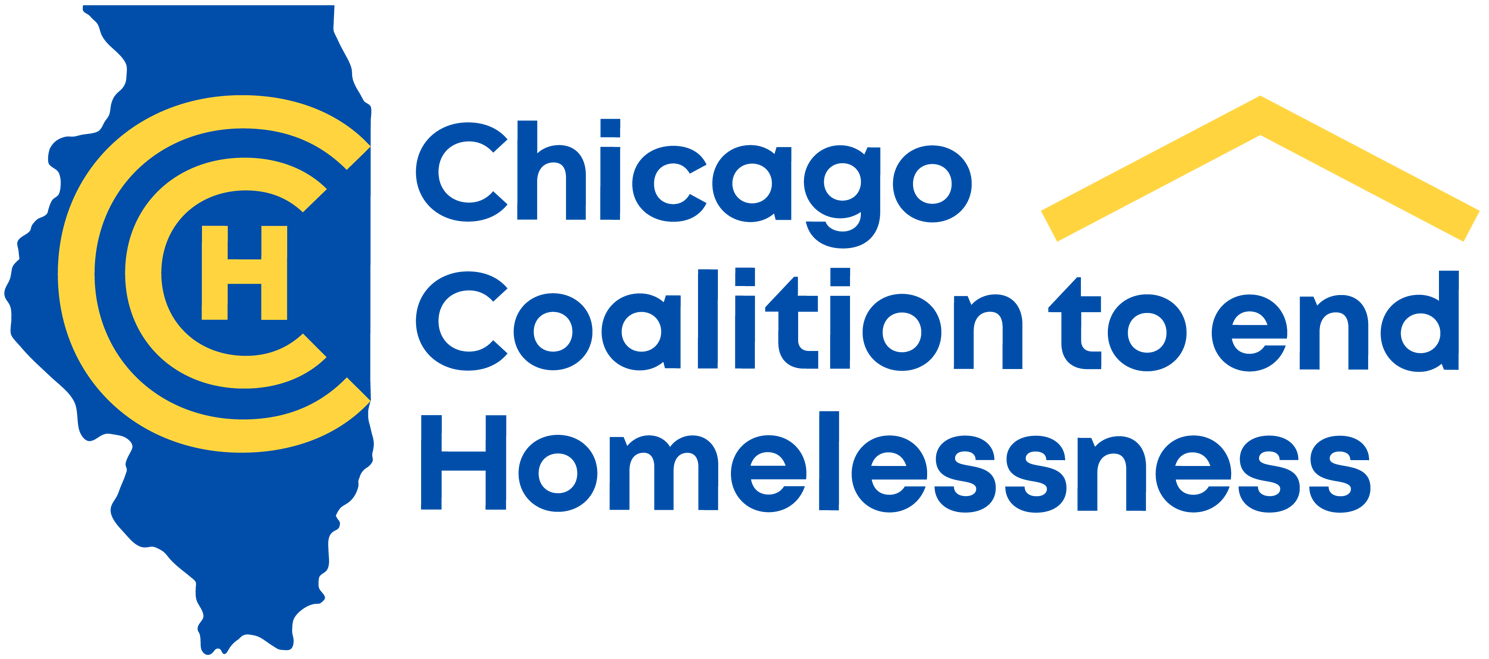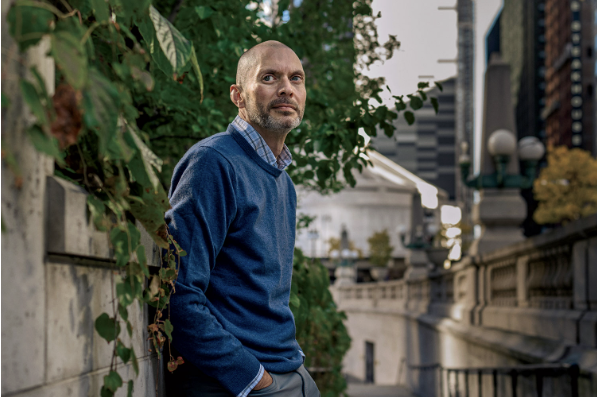
These Chicago public high school students want others to know that “doubled up” families like theirs should be recognized as homeless. From left are Michael Hunter, Avion Smith, Chrishauna Thompson, Sonitra Mitchell, Jakyla Mitchell and Emilia Rendon. | Mark Brown/Sun-Times
By Mark Brown
I spent a heartbreaking couple of hours last week sitting around a table with six high school students who would tell you without hesitation that they are homeless even though they go to bed at night with a roof over their heads.
Each of these young people has been living “doubled up,” staying with relatives or friends after losing their own housing because of financial hardships.
It’s a hard way to live, they wanted me to know, in some ways more difficult than staying in a homeless shelter, which several of them also have done.
“It takes just a snap of the finger to say: ‘Get out of my house,’” said Michael Hunter, 18, a senior at Chicago Vocational who says he’s lived doubled up most of his life and seen his family put out more than once.
“I have woken up, and my auntie was telling me to help my mom pack our clothing,” Hunter told me matter-of-factly, although the experience had clearly left a negative imprint on his psyche.
There’s long been a debate over how to measure homelessness. The federal government even uses two different definitions.
The Department of Housing and Urban Development counts only those living on the street or staying in homeless shelters.
The Department of Education uses a broader measure that provides a more realistic portrayal of how most families (and schools) experience homelessness by also counting those who are doubled up.
The latter group has always been more difficult to pinpoint, which is why the Chicago Coalition for the Homeless will unveil a new report Thursday using census data to provide a more definitive count.
By analyzing the makeup of household units using the Census Bureau’s American Community Survey, the coalition has concluded 82,212 people were homeless in Chicago at some point during 2015.
Eighty-two percent of those individuals — or 67,582 — were living in doubled up situations, according to the report.
That compares to the more commonly used count of 5,889 homeless people on the streets or housed in shelters on a given night in January 2016.
One of the problems caused by not counting doubled up families as homeless is that the federal government won’t provide them with the same housing assistance available to homeless families staying in shelters.
In what homeless advocates regard as a major breakthrough on that front, Mayor Rahm Emanuel is expected to launch a new program dedicating city funds to provide housing and services to 100 homeless families, including to doubled up families if they also spent time in a shelter.
The program, drawing on $1 million from the city’s new Airbnb surcharge and another $1 million from the Low Income Housing Trust Fund, will be targeted toward students attending six schools in neighborhoods with high rates of violence.
I’m guessing some of you will balk at the idea of doubled up families being considered homeless because I did, too.
Families have been combining resources to support each other and to maintain stability probably for as long as there have been families.
But as the kids I met could tell you, this is different. These are families in survival mode, bouncing from one temporary housing situation to the next, often living in overcrowded and unsafe conditions.
The kids commonly sleep on floors with adults coming and going at all hours, with no privacy and little opportunity to study, and food an object of conflict.
They try to live invisibly, always aware of the feeling of not being welcome, while often saddled with extra responsibilities to make up for their unwanted status.
Stability is something they experience mostly in daydreams of a future in which they grow up to complete college, get a good job and have a home of their own.
I take heart that they still have such goals and that something is being done to help them get there.






